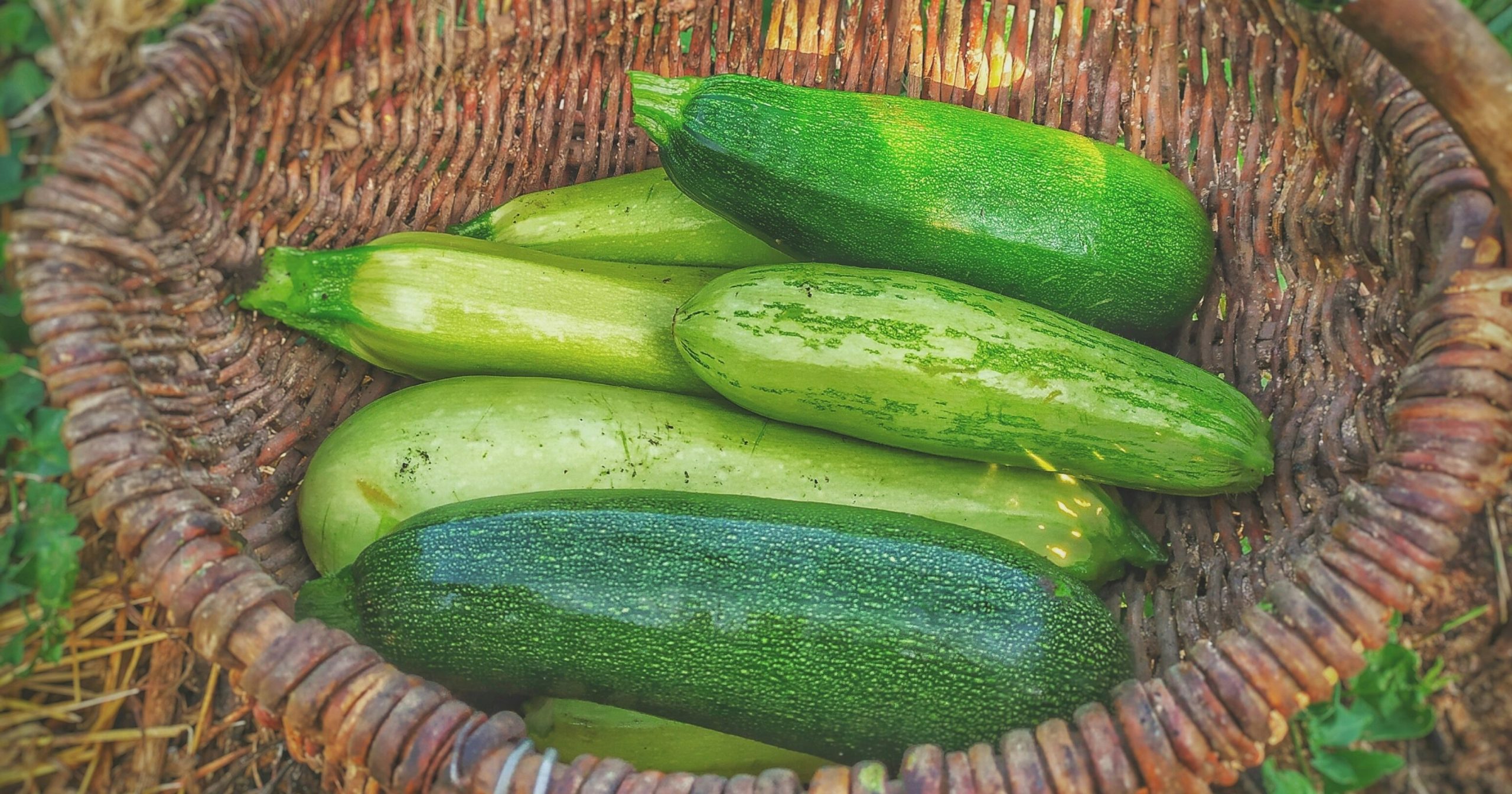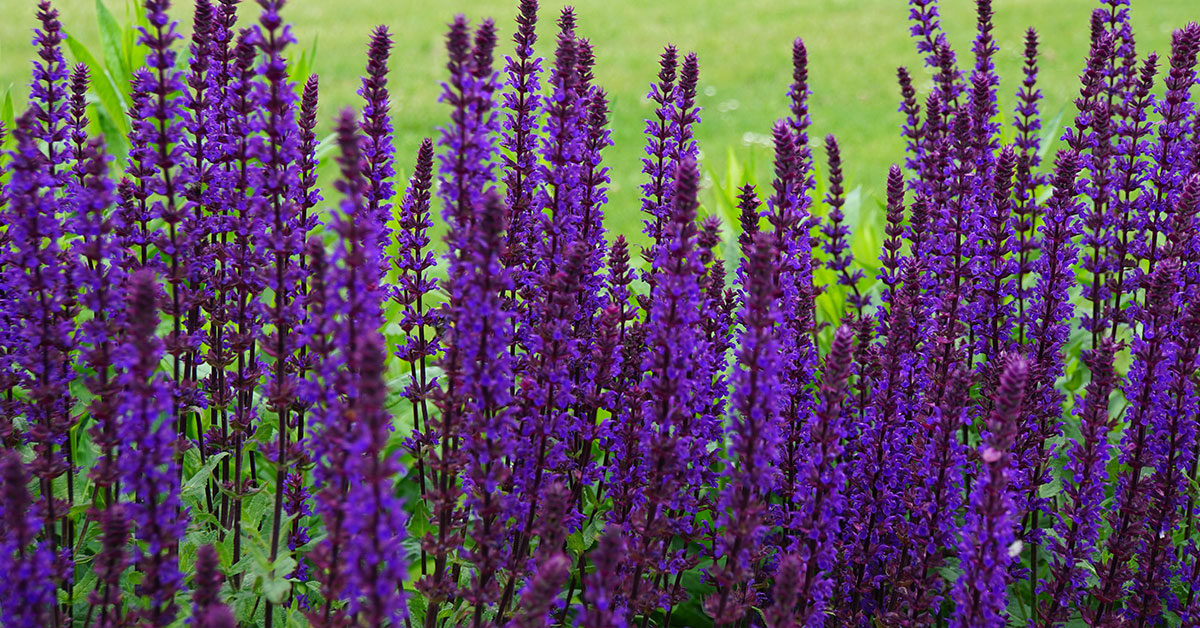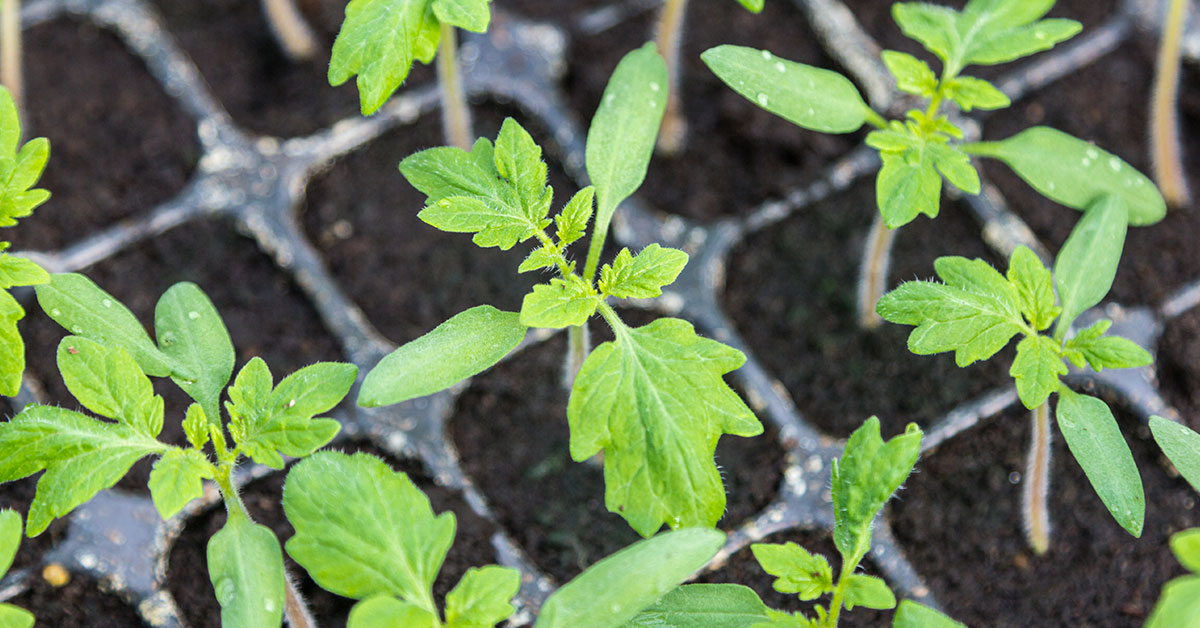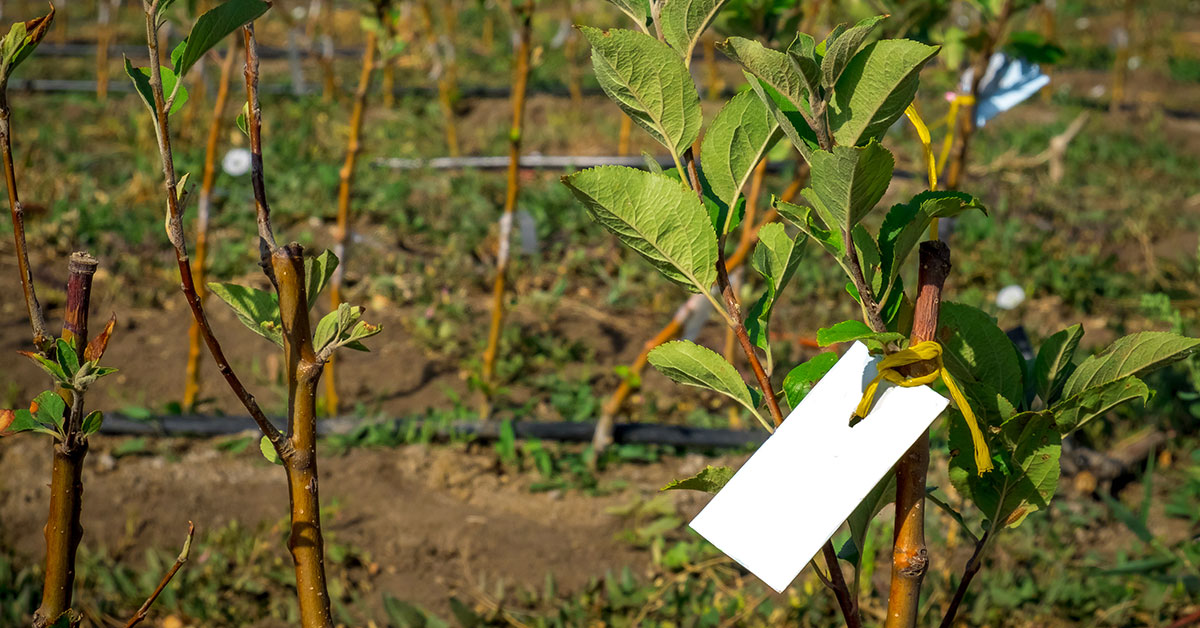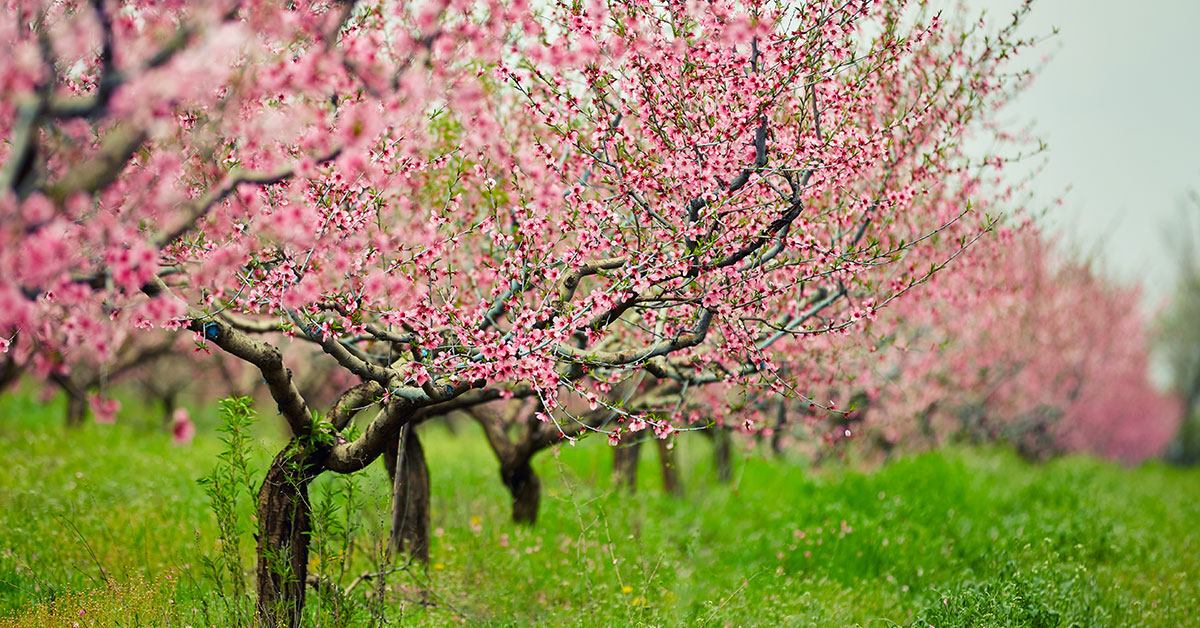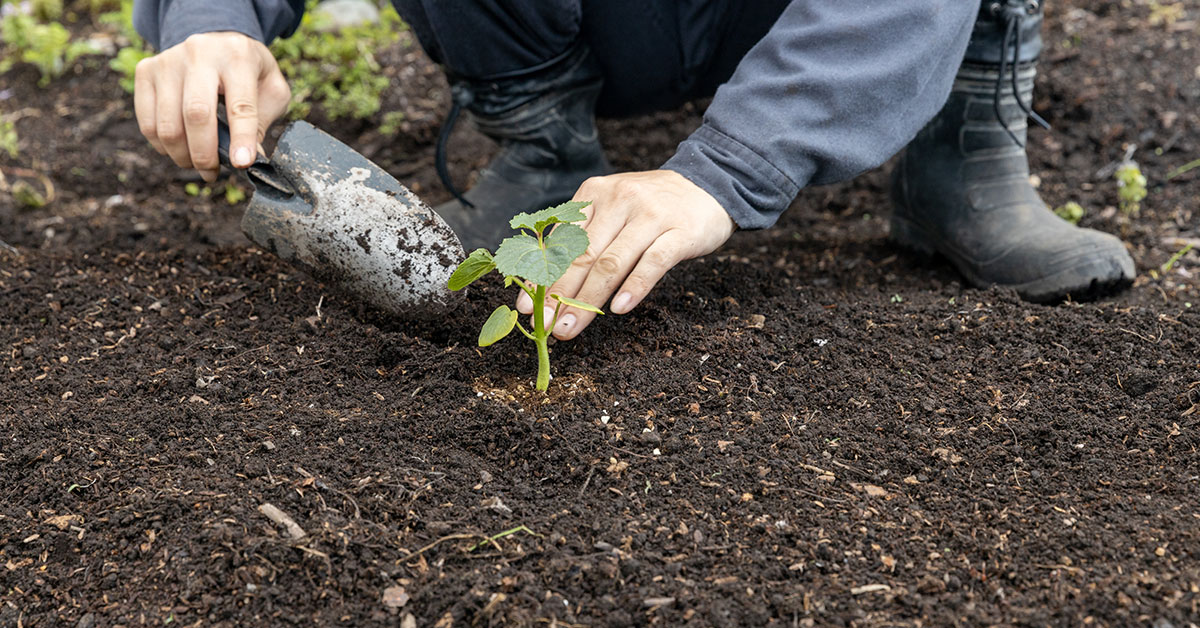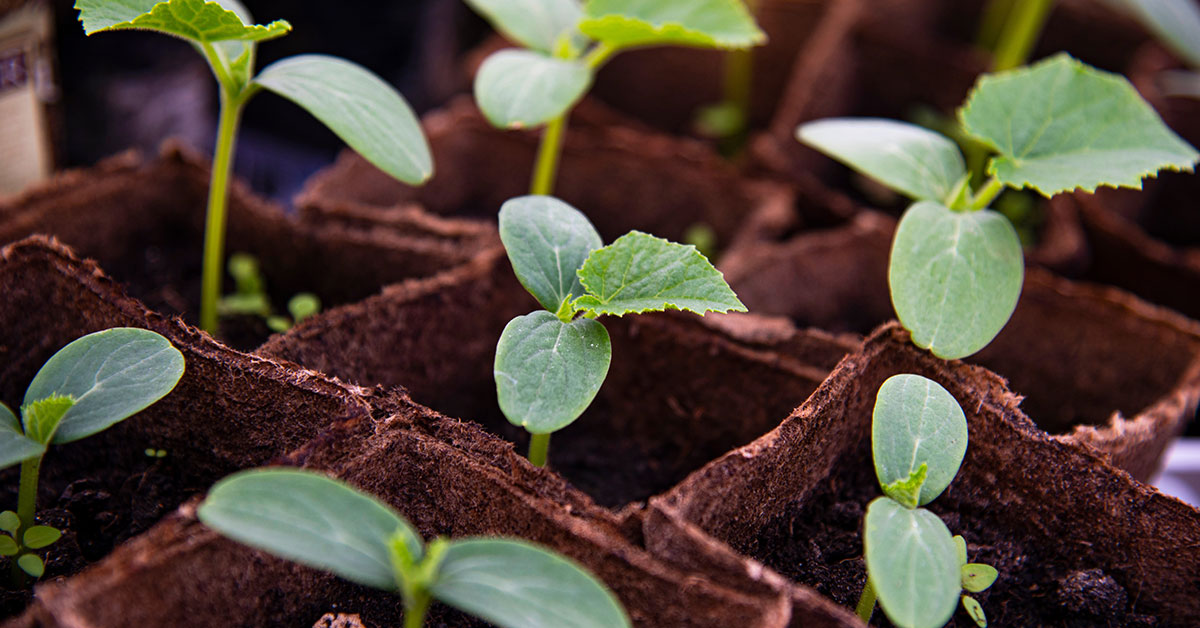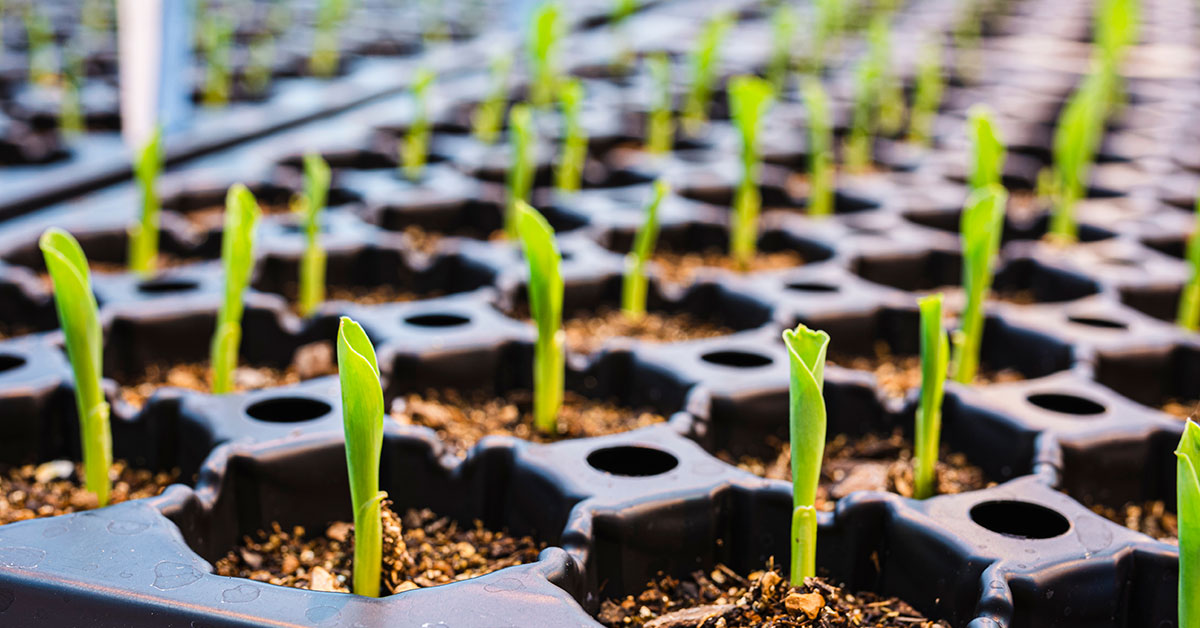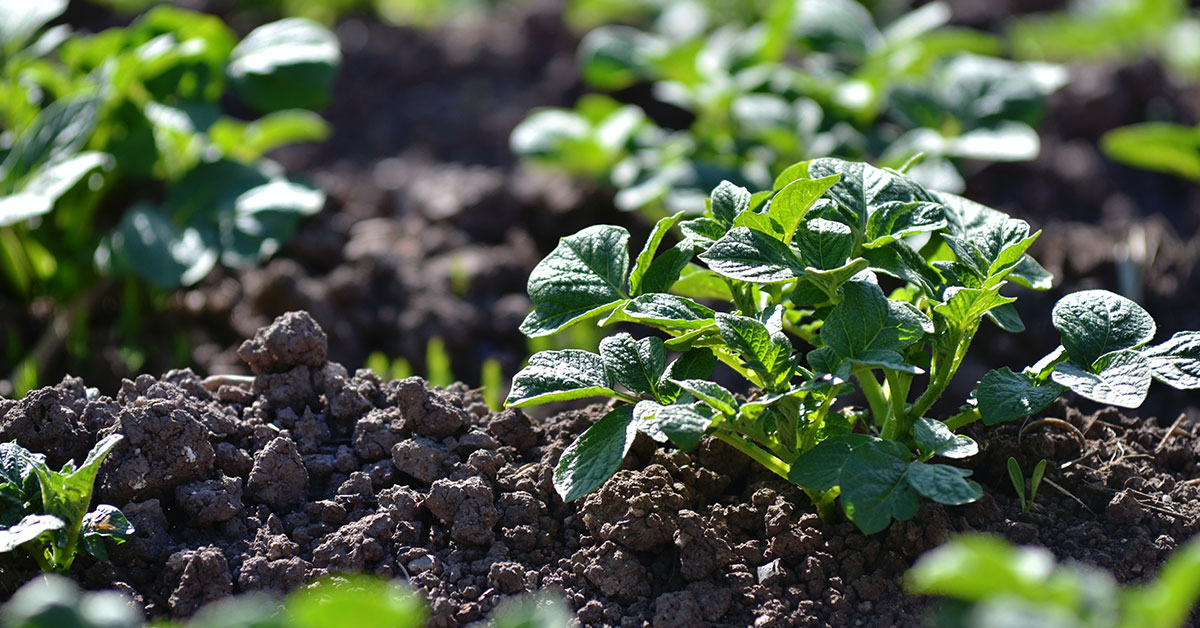Growing thyme from seed is an easy and satisfying way to add a fresh, earthy aroma to your garden and flavor to your cooking. It’s a relatively low-maintenance herb, and once established, will come back year after year. With just a few simple steps, you can have fresh thyme growing in your garden in no time. In this article, we’ll discuss everything you need to know to get your thyme seeds sprouting and growing.
When To Start Thyme From Seed Indoors
Starting thyme from seed indoors is a great way to get a head start on your herb garden. To begin, purchase quality thyme seeds from a reputable source. You’ll need to soak the seeds for about 24 hours in warm water prior to planting.
Next, fill a shallow tray with well-draining potting soil and lightly press the seeds into the surface of the soil. Make sure the soil is kept lightly moist and place the tray in a warm, sunny spot. Once the seedlings have sprouted, thin them out so they are not overcrowded.
When the seedlings are large enough, they can be transplanted into individual pots. Make sure to keep the soil consistently moist and provide plenty of sunlight for the best results.
The best soil for growing thyme indoors is a lightweight, well-draining potting mixture. This will help keep the soil moist and provide the necessary nutrients to the seedlings. It should also contain some organic matter, such as compost or peat moss, to help improve drainage and aeration.
Once planted, water the soil regularly and keep it lightly moist. Thyme prefers a sunny location, so placing the potted plants near a sunny window is ideal.
When To Transplant Thyme Seedlings Outdoors
The best time for transplanting thyme seedlings outdoors is in late spring when the soil has warmed up and the danger of frost has passed. Planting your thyme in a sunny spot with well-drained soil will help ensure a thriving crop, and will also give you the best flavor from your thyme.
You may want to add a layer of compost or aged manure to the planting area, as thyme prefers rich, well-drained soil. Once planted, water your thyme seedlings regularly and keep the soil moist, but not soggy. With proper care and maintenance, your thyme plants should be ready to harvest in the summer.
When caring for freshly transplanted thyme seedlings outdoors, the most important factor is to provide the seedlings with adequate sunlight. Thyme requires at least four hours of direct sunlight per day, so it’s best to place the seedlings in an area that gets plenty of sun.
Additionally, it’s important to provide the seedlings with well-draining soil and regular watering. When watering, it’s best to provide enough water to moisten the soil without flooding it. Lastly, make sure to fertilize the seedlings regularly to ensure that they’re getting the nutrients they need to thrive. With these simple practices, your thyme seedlings should thrive outdoors.
Monitor For Pests And Diseases
Freshly transplanted thyme seedlings outdoors are vulnerable to pests and diseases. Aphids, mites, and whiteflies can all feed on the leaves of young thyme plants, causing stunted growth and distorted foliage. Fungal diseases like powdery mildew, root rot, and downy mildew can also attack thyme seedlings, causing them to become discolored and stunted.
To prevent these pests and diseases from harming your thyme seedlings, ensure that the soil is well-drained and provides adequate air circulation. Additionally, regularly inspect the thyme for signs of pests or disease, and treat promptly if needed.
When pruning freshly transplanted thyme seedlings outdoors, it is important to take your time and be gentle with the plants. Start by removing any dead or diseased leaves or stems, as well as any damaged or weak growth. Then, prune each stem back to a healthy, lateral bud, and cut just above the bud at a 45-degree angle, making sure to leave at least two leaves on the stem.
Prune the parent stem back to about half its original length. This will allow for the thyme to produce a bushier shape. Finally, trim away any stems that are growing at strange angles or that appear too long. Pruning regularly will help keep the thyme seedlings healthy and strong.


